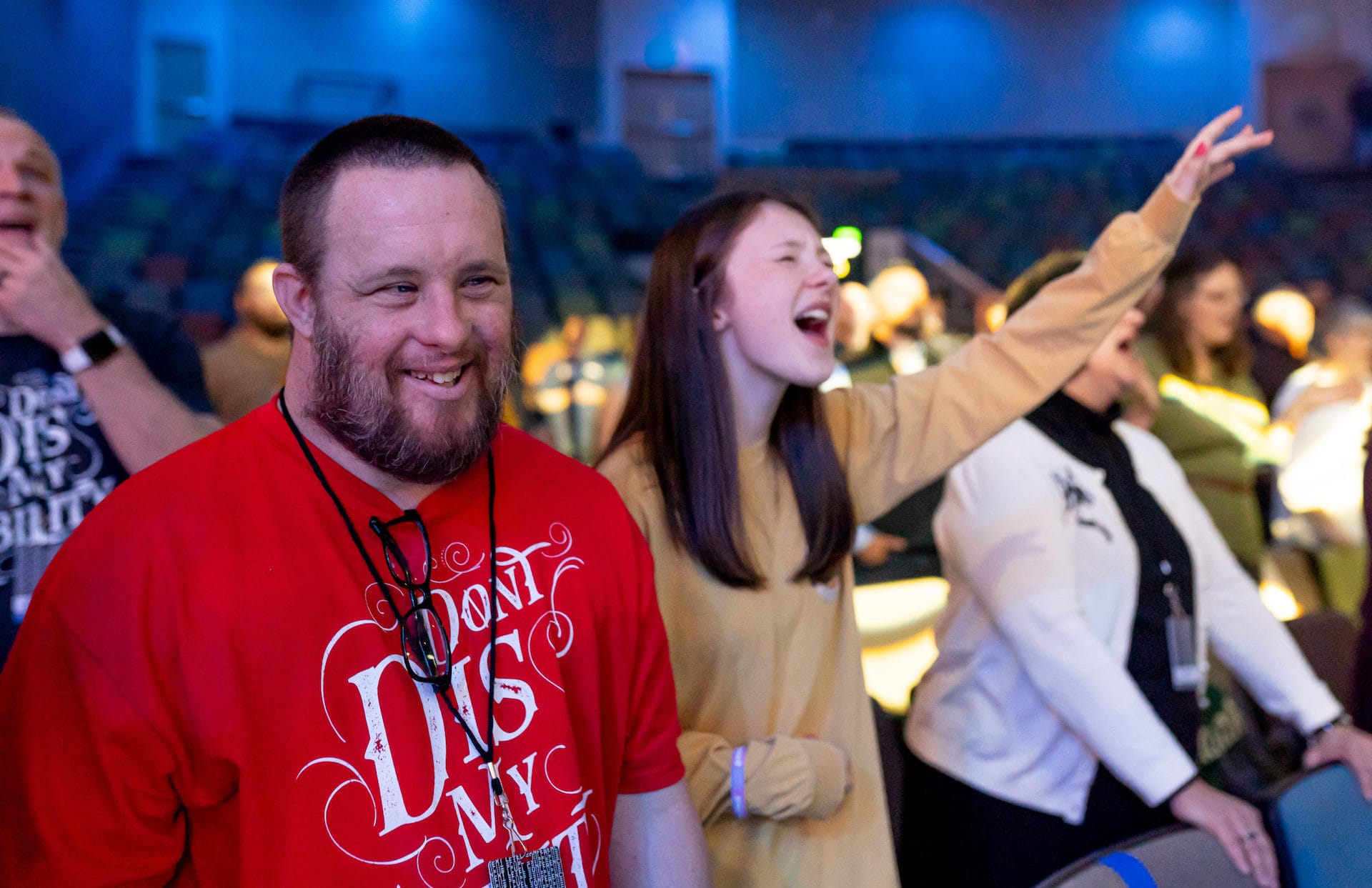
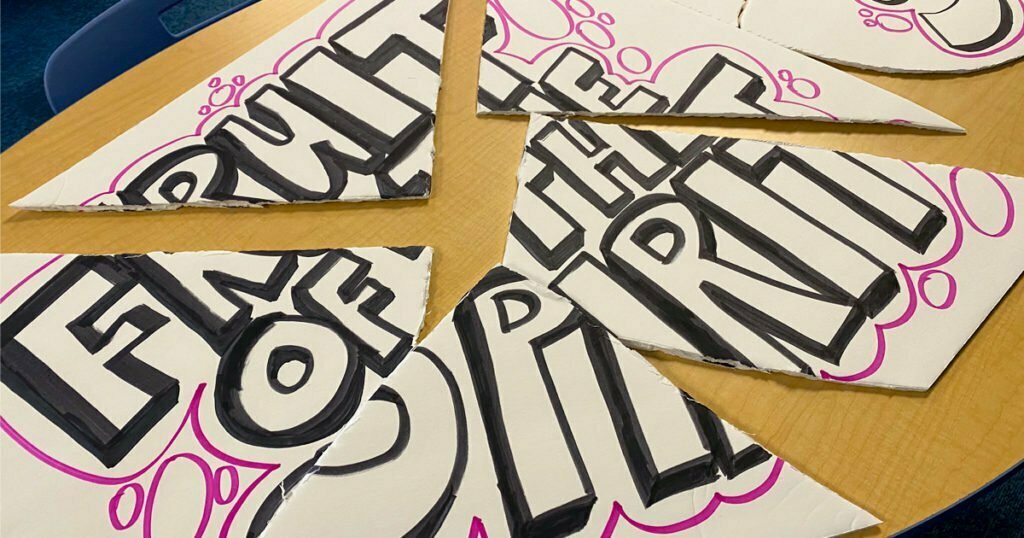
For those of you who have taught disability ministry, I am hoping that I am not alone in the feeling I am about to describe here. I can recall several times when I was up in front of the classroom, teaching our teen disability class at church, only to look out and get the feeling that not a single person was listening to what I was saying.
There are times when the class can feel chaotic. There are times when I question just who is paying attention and what is being learned every Sunday. I talked about this feeling and what we did about it in a recent blog that I wrote here. In short, we introduced a tic-tac-toe game which allowed us to quiz the class in a fun way. This allowed everyone to be involved and proved to us leading the class that folks were truly paying attention. So much so that we have had to make the questions harder!
Not wanting to stay stagnant and do the same game every single week, I remember a puzzle race I had created a long time ago. This time around, I wanted to incorporate our current series, Fruit of the Spirit, and the end-of-class questions we have been asking.
Using some 22″ x 28″ foam boards that I purchased from Amazon, I drew the series title on two of the boards. I opted to keep the “design” simple and also created only 5 pieces for each puzzle. If I had to do this all over again, I would also grab some colored markers and add different and vivid colors to each puzzle.

After I drew the series title on the foam board, I then cut it out. Another note about the foam board here: it will probably be easier and just as effective to use poster board for this. I found that cutting the foam board was frustrating and clunky. If I had used poster board, I could have made more realistic puzzle pieces.
At the end of class, we split the room in half and divided everyone into two teams. On each side of the room was a stack of the puzzle pieces. In order to get a puzzle piece, the team had to correctly answer a question pertaining to the lesson. With a correct answer, someone could collect one piece of the puzzle. As the team collected pieces, they were encouraged to start putting them together. The first team to solve the puzzle would win.
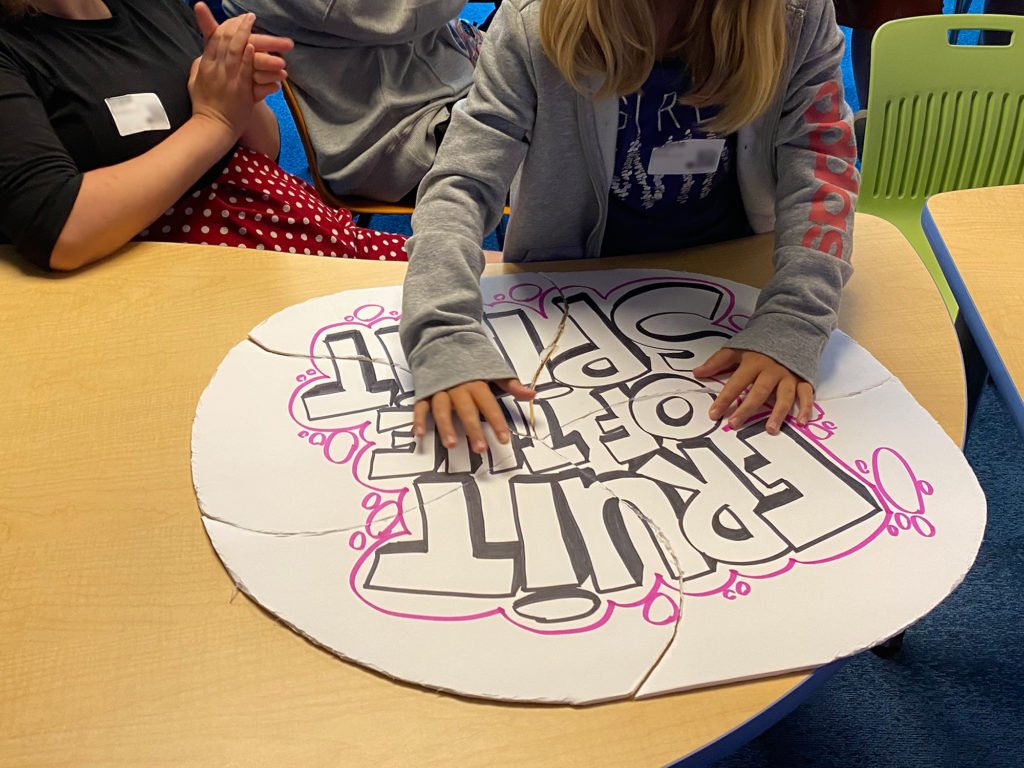
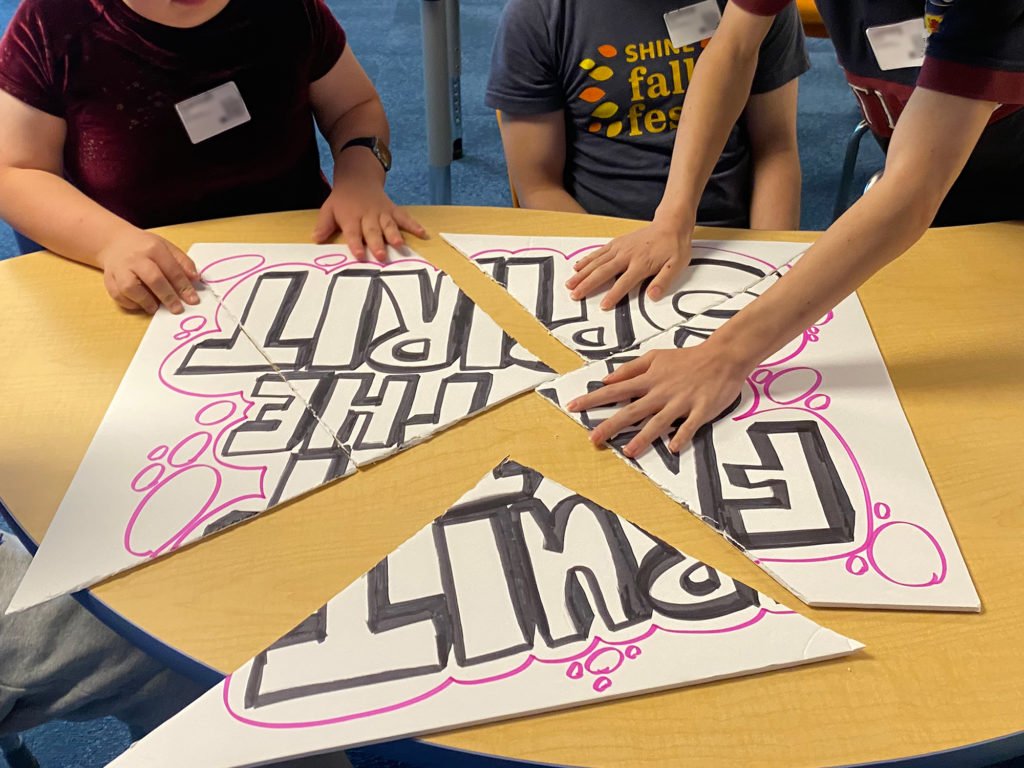
Even with the more difficult questions, the teams excelled. We found that having five pieces for each puzzle filled the appropriate amount of time. Had we gone with 10 pieces, that would mean more questions and more time involved.
I also noticed that this activity encouraged involvement from those in class who did not participate in other areas. The puzzle aspect drew their attention and helped focus them. One person in our class gladly took leadership of assembling the puzzle.
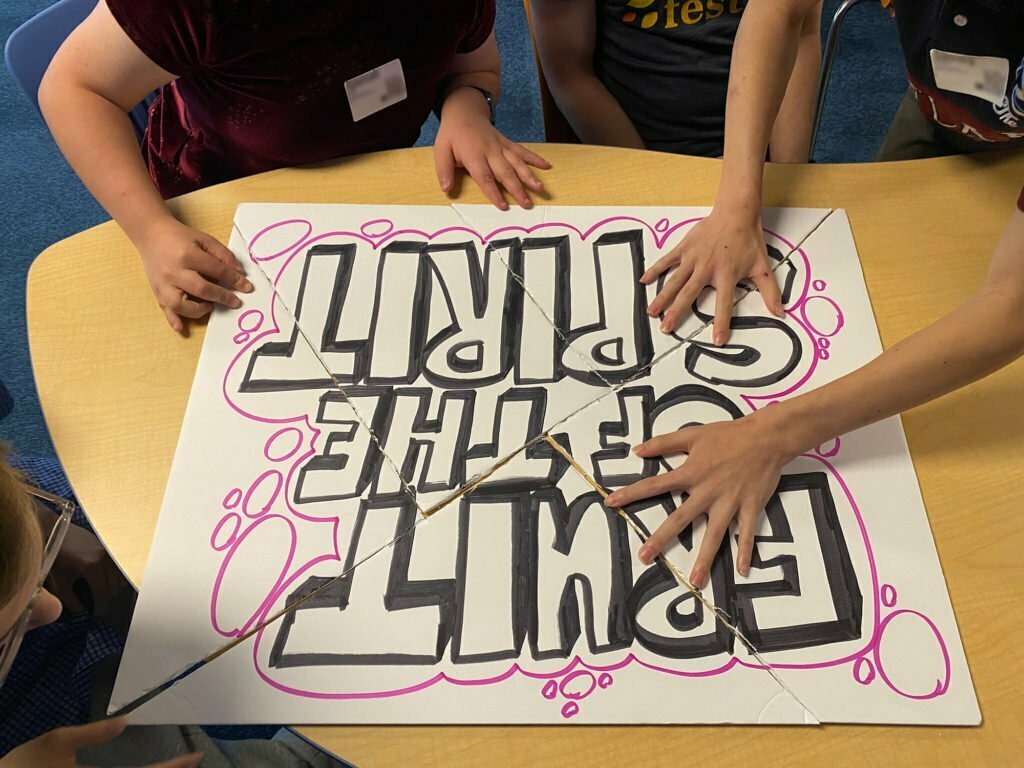
While preparing for your lesson, use the discussion questions at the end or create your own questions based on the main points as you study. Have a list handy and create the questions based on your class. If you feel you might be shorter on time for an activity, you can use “true-false” questions to speed things along.
Don’t forget to tell everyone before class about the game so that they have more incentive to pay attention!
The best part about this idea is that it can be applied to any of our curriculum or lessons. This has shown class leaders that our folks are not only paying attention but are up for a challenge when it comes to games and questions about the material they are learning.

